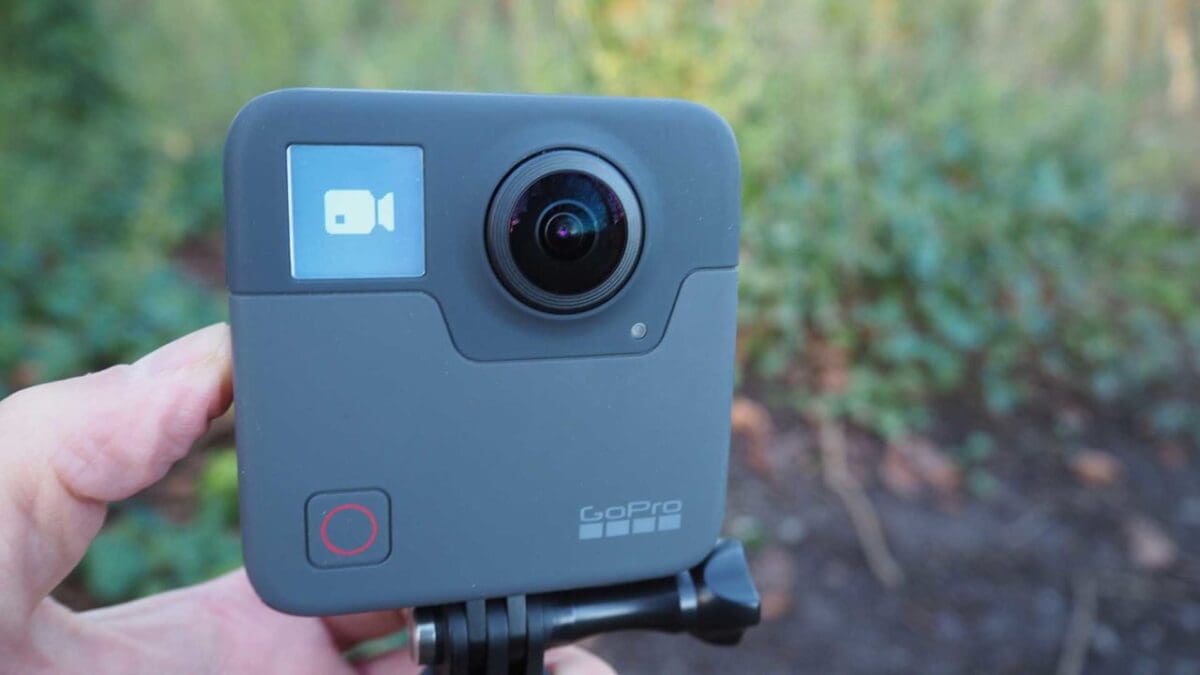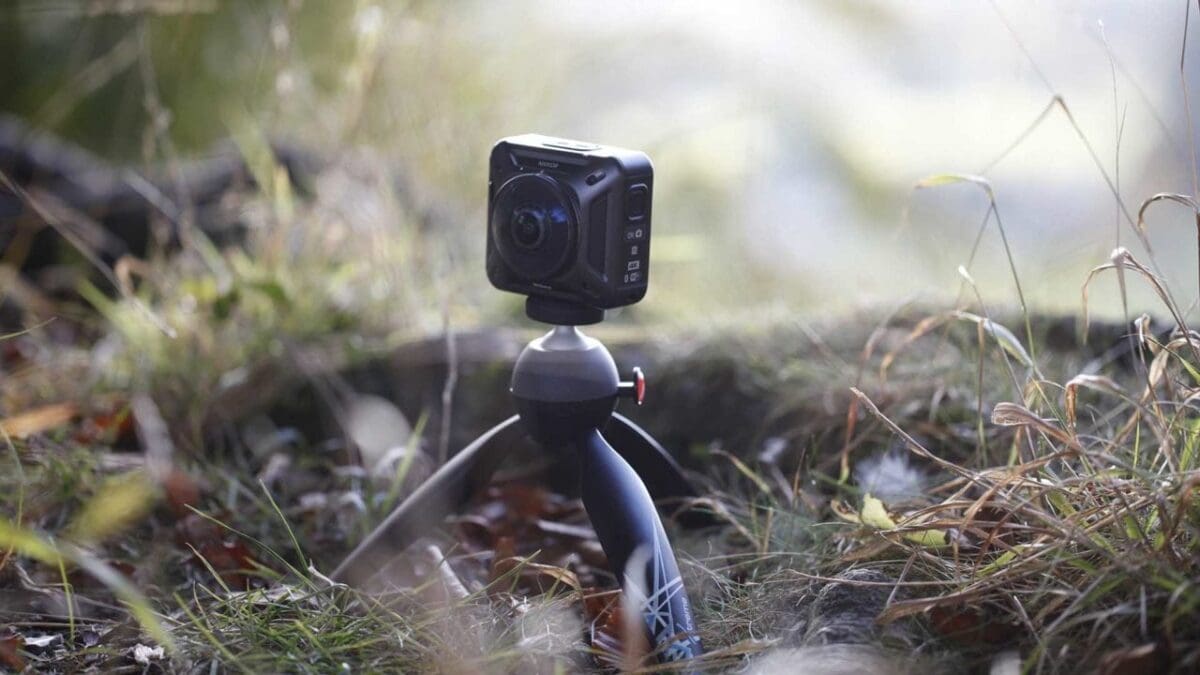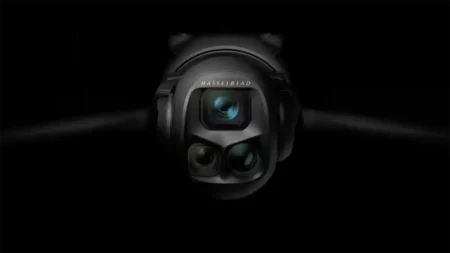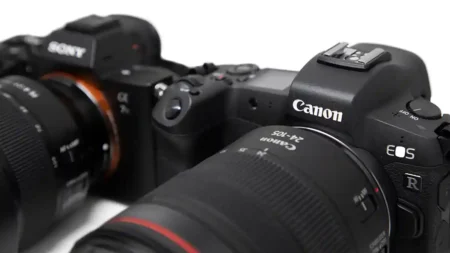How a 360 degree camera works
In short, a 360 camera captures two images or video files from dual lenses with a 180-degree field of view and either automatically stitches them together in-camera, or offers free companion software with which you can stitch the files together – often with one click. In the following guide we’ll demystify some of misconceptions around 360 imaging and explain how 360 cameras work.
360 imaging was once the domain of either well-seasoned professionals working in the cinematic industry or gadget lovers, and few in bestween. But in recent years the launch of 360 cameras like the GoPro Fusion, Garmin VIRB 360, Ricoh Theta V, 360Fly 4K, YI 360 VR and Insta360 ONE have helped bring immersive imaging into the mainstream.
Immersive content once required expensive camera rigs and hours upon hours of editing, but these new breed of 360 cameras brought with them automatic in-camera stitching (apart from GoPro), simpler software and lightweight, portable designs.
And with YouTube and Facebook embracing 360-degree video and images, even more people are beginning to realise the full potential of this recording format. Yet it also remains shrouded in mystery. Exactly how do 360 cameras work? First, let’s tackle that primary misconception…
What’s the difference between 360 and VR?
This is probably the question we hear most often. Are VR and 360 the same? How are they different? People often use the terms 360 and VR interchangeably, but there are a few important distinctions.
The first difference is in the name. Virtual reality means just that: it isn’t real. VR is computer generated content, while 360-degree videos are real life views filmed on wide-angle lenses and stitched together.
And while a 360-degree video is an immersive experience, you are restricted to the camera’s perspective, whether under a waterfall or in the middle of a pizza. In true VR you are free to roam around these virtual environments.
The confusion between 360 and VR comes from people uploading their 360 images and videos to VR headsets. To view 360 videos or images through a VR headset, the content will have been edited with a 3D effect to provide a true immersive experience. Some cameras like the Vuze 3D 360 camera can optimise your content with this effect in-camera. Otherwise, you’ll need 3D editing software.

How a 360 camera works: stitching explained
For the purposes of this tutorial let’s talk about consumer 360 cameras like the ones I listed at the start. A consumer 360 camera typically has dual fisheye lenses on either side of the camera’s body. Each of these lenses will offer at least a 180-degree field of view. Typically, it’s a little more. You’ll probably find each lens of your 360 camera captures closer to 200 degrees.
At 400 degrees combined, this, of course, creates some overlap in your footage. The camera (if it stitches in-camera) and software use this overlap to help disguise the seam when stitching your content together.
In most cases, the seam is quite subtle. Where it gets noticeable is when subjects are close to the camera. For instance, if you’re holding the 360 camera on a grip, your hand will likely be split in an awkward angle.
But because most 360 cameras are controlled by companion apps, it means you’re never too far from the camera. This has been one of the Achilles Heels of this nascent technology.
Companies like Insta360, though, have been developing ‘invisible selfie stick’ technology, though, to help minimise these distortions.
360 camera sensors
Like the lenses, 360 cameras employ dual sensors, one behind each lens. Most current models can record at least 4K at 30p. Some 360 cameras, like the Garmin VIRB 360 or YI 360 VR, can record 5.7K footage.
The downside, of course, is that the sensors in 360 cameras are quite small. Also, because your field of view is so wide, dynamic range and exposure can be a problem. Highlights are easily over-exposed and shadow areas lacking in detail. This is because the camera is struggling to create an average exposure from all of that light and dark across the 360 degrees.
Luckily most companion apps offer a modicum of control, with exposure compensation and filters you can apply to improve the exposures.
Recording from your 360 camera
There are typically at least two – and sometimes three, and even four – ways to record video or take still images from your 360 camera. The camera’s body will often have a shutter button for manually taking an exposure. It’s simple, but you’ll probably find that the seam is awkward around your hand.
Most 360 cameras also have a free companion app, and this is where you will want to do the bulk of your shooting. You’ll find all of your exposure controls and even a self-timer, allowing you time to get out of the scene if you wish. Here you’ll also find your options to share content or live stream, if the camera allows it.
Some 360 cameras also offer voice control. The GoPro Fusion and Garmin VIRB 360 both offer this. You can also sometimes buy remote controls for your 360 camera. Others, like the Kodak PixPro 3604KVR include this in the kit.
Framing your 360 shot
Capturing compelling 360 footage is really down to finding a dynamic perspective. While some 360 cameras are limited to mini tripods or plug into your phone, others – like the Garmin and GoPro – are compatible with a wide ecosystem of mounts.
This means you can attach your 360 camera to your bike, head, wrist, car and much more. Your camera’s companion app should also offer a live preview of your scene where you can see what the camera sees and fine-tune accordingly.
The best companion apps will let you swap between lenses and change the default point of view before (and after) recording a 360 video or image.
Other ways to record 360
Dedicated 360 cameras aren’t the only way to create immersive content, but they offer the best compromise between image quality and ease of use.
You can also record 360 videos and images on your smartphone. Your camera app likely has a 360 effect you can utilise by pressing the shutter and manually moving the phone around in a circle to capture the scene.
It’s quite easy to do, but it requires stable hands. And the image quality isn’t the greatest. It’s perfect for sharing with family and friends, though.
The other to record 360 content is to use your interchangeable lens camera. Set your camera up on a tripod, ideally with a fisheye lens. Shoot a frame, rotate, shoot a frame, rotate and keep doing this in a 360-degree circle around your scene. Then tilt the camera up at angle and repeat the process capturing the sky above, and then down to capture the ground.
You’ll then need to process your images which you can do in Photoshop, or via a dedicated panorama stitching software. Using a DSLR or mirrorless camera takes more time, but the level of detail and image quality you’ll capture will be far superior.


